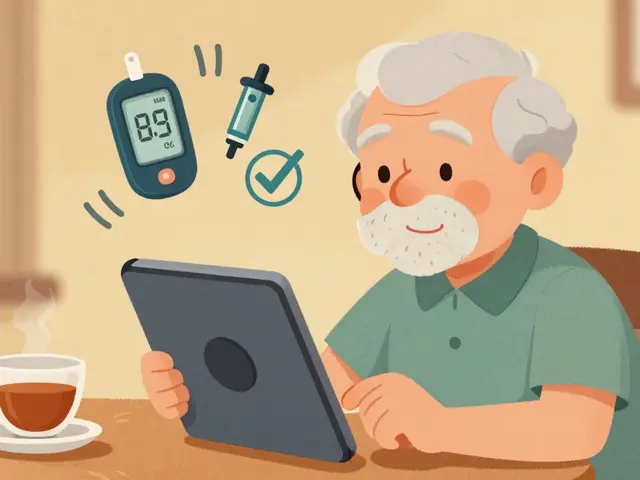Contraceptive Options: How to Pick What Works for You
Choosing a contraceptive isn't just about avoiding pregnancy. It's about side effects, convenience, cost, and whether you also need STI protection. This short guide lays out the main options, how effective they are in real life, and simple steps to pick the best fit.
Types and how they perform
Long-acting reversible methods: IUDs (copper and hormonal) and implants are the most effective. Once placed, they prevent pregnancy for years and work with minimal daily effort. For most people they give over 99% protection.
Hormonal short-term methods: Combined pills, the patch, and the vaginal ring release hormones to stop ovulation. With perfect use they’re very effective; with typical use effectiveness drops. The injection (shot) and progestin-only pills are alternatives if estrogen isn’t an option.
Barrier methods: Condoms, diaphragms, and cervical caps need to be used correctly every time. Condoms are the only method that also reduces STI risk, so use them if you have new or multiple partners.
Sterilization: Tubal ligation or vasectomy are permanent choices. They’re highly effective but best when you’re certain you don’t want future pregnancy.
Emergency contraception: If birth control fails or you had unprotected sex, options include levonorgestrel pills (best within 72 hours), ulipristal (effective up to 120 hours), and the copper IUD (the most reliable emergency option and can be placed up to 5 days after sex).
How to choose and practical tips
Think about your goals first. Do you want a method you forget about, or one you control day-to-day? Are you trying to get pregnant soon? That guides whether to choose an implant/IUD or a short-term method.
Consider side effects and health risks. Hormonal methods can cause spotting, mood shifts, or changes to bleeding. People who smoke and are over 35 should avoid combined hormonal methods with estrogen. If you take other meds—some anticonvulsants and herbal products like St. John’s wort can lower pill effectiveness—ask a clinician.
Cost and access matter. Some methods need a clinic visit (IUD, implant, shots). Pills, condoms, and some emergency pills are available over the counter or via telehealth. Planned Parenthood, community clinics, and many telemedicine services can help with options and prescriptions.
Use backups when starting a new method or if you miss pills. For example, use condoms for 7 days after starting a hormonal method or follow the specific backup rules for the method you choose.
Finally, check in after starting a method. If side effects are bad or your bleeding pattern changes in ways you don’t like, talk to your provider. Switching methods is common and often the easiest fix.
Want more detail on a specific method or how medication interactions can affect birth control? Search for articles on IUDs, implants, pills, and emergency contraception, or talk to a clinician who can match options to your health and plans.

How to safely switch from one ethinyl estradiol-based contraceptive to another
In my latest blog post, I discuss the process of safely switching from one ethinyl estradiol-based contraceptive to another. The key steps include consulting with your healthcare provider, understanding the differences between the new and old contraceptives, and following a specific transition plan. It's important to maintain consistent contraception during the change to prevent unintended pregnancies. Additionally, monitoring any side effects and keeping an open line of communication with your doctor is crucial for a smooth transition.
Read More




